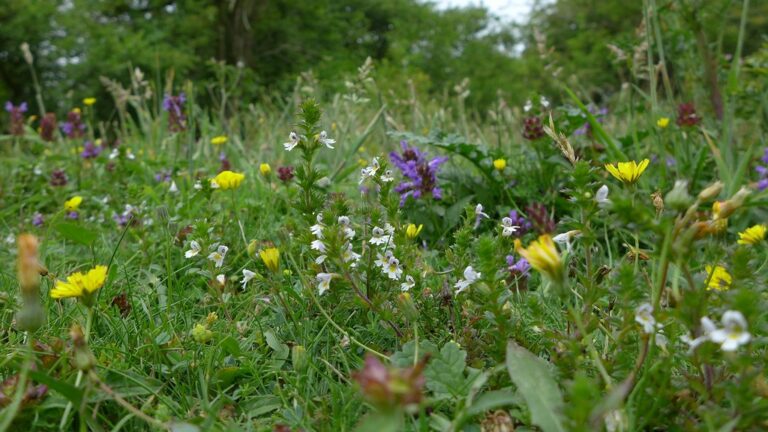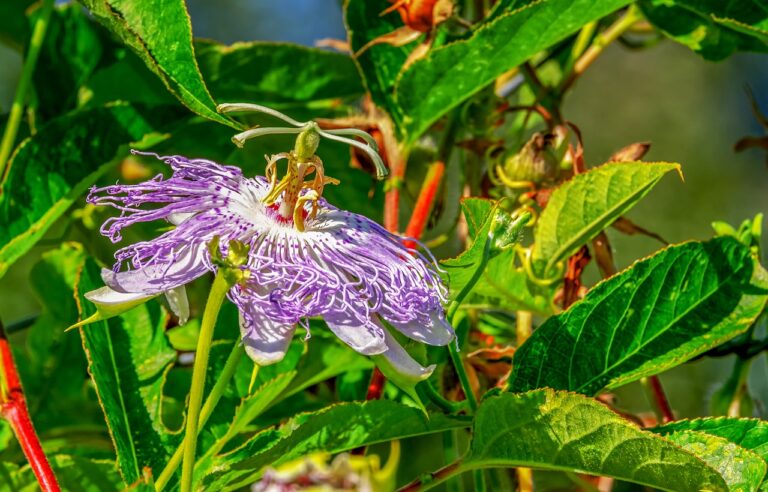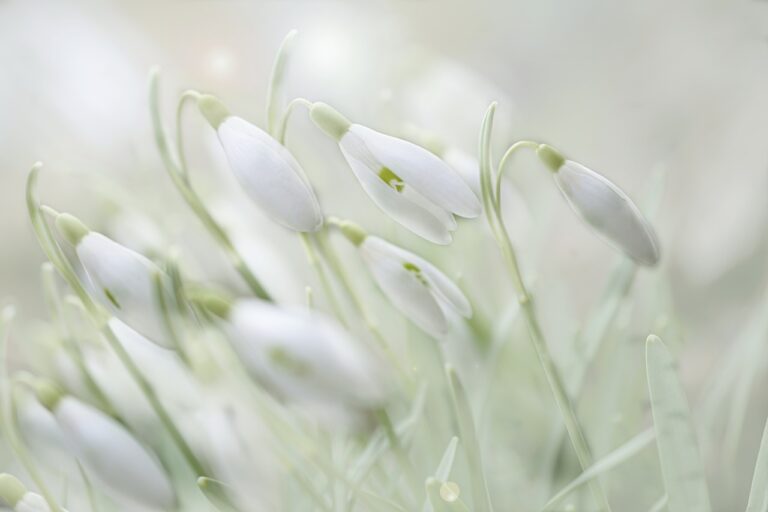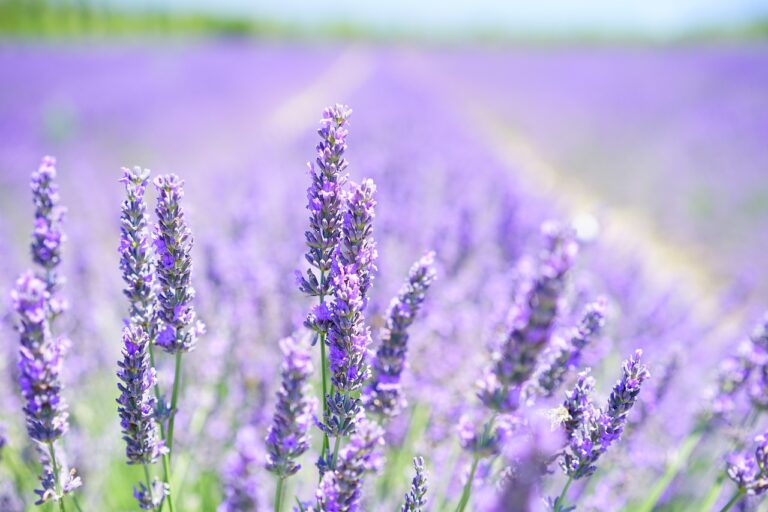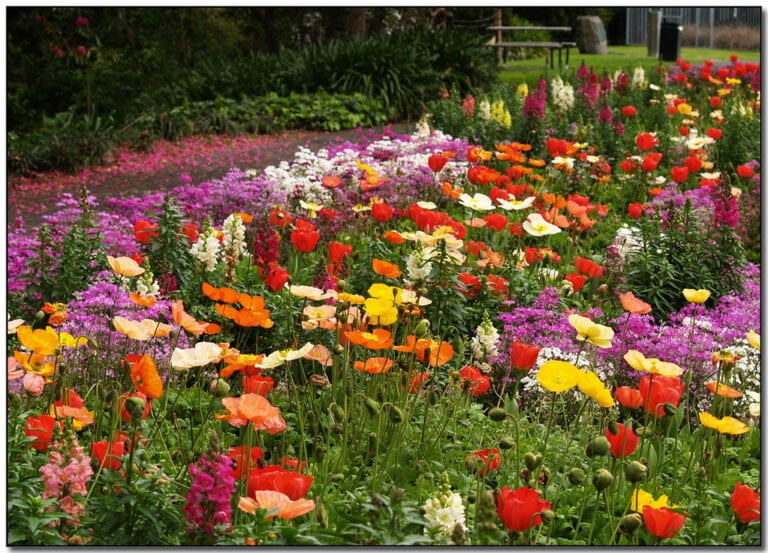Understanding the Symbolism and Meaning of Snowdrops Flowers
Do you want to delve into the hidden depths of symbolism and meaning behind snowdrops flowers? Look no further! In this article, we'll explore the rich history, cultural significance, and spiritual meanings of these delicate blooms. Discover how different cultures perceive and use snowdrops, and uncover their role in traditional medicine. Whether you're an avid gardener or simply curious about the world around you, join us as we unravel the secrets of snowdrops flowers.
History of Snowdrops Flowers
Snowdrop flowers have a rich and fascinating history that dates back centuries. These delicate white blooms have long been associated with purity, hope, and renewal. In ancient times, snowdrops were believed to have magical properties and were often used in rituals and ceremonies. They were also considered a symbol of perseverance and strength, as they were one of the first flowers to bloom in the early spring, even in the harshest of conditions. Snowdrops have been cherished by many cultures throughout history, from the ancient Greeks and Romans to the Victorians, who often depicted them in art and literature. Today, these enchanting flowers continue to captivate and inspire, reminding us of the beauty and resilience that can emerge even in the darkest of times.
Cultural Significance of Snowdrops Flowers
Discover the cultural significance of snowdrop flowers and how they have been revered and celebrated throughout history. Snowdrops, with their delicate white petals and green foliage, hold a special place in various cultures around the world. In many European countries, these flowers are regarded as a symbol of hope, purity, and the arrival of spring. They are often associated with the Christian holiday of Candlemas, where they represent the purification of the Virgin Mary. Additionally, snowdrops are believed to bring good luck and protection against evil spirits. In some Eastern European cultures, they are seen as a symbol of renewal and the end of winter. Snowdrops have also been used in traditional medicine for their healing properties. Their cultural significance has made them a beloved flower, cherished and admired by many.
Botanical Characteristics of Snowdrops Flowers
Snowdrops flowers are known for their distinct botanical characteristics, which set them apart from other plants in the garden. These delicate flowers, also known as Galanthus, belong to the Amaryllidaceae family and are native to Europe and parts of Asia. Snowdrops are characterized by their solitary, drooping, bell-shaped flowers that hang from a slender stem. Each flower consists of three white petals and three smaller inner petals with green markings, giving them a unique appearance. The leaves of the snowdrop plant are long and narrow, emerging from the base of the stem. What makes snowdrops truly special is their ability to bloom during the winter months, often pushing through the snow to bring a much-needed touch of beauty and hope to the garden.
Seasonal Significance of Snowdrops Flowers
As winter transitions into spring, these delicate flowers emerge from the ground, bringing a sense of renewal and anticipation to the garden. The seasonal significance of snowdrops flowers lies in their ability to symbolize hope and the arrival of warmer days. After months of cold and darkness, the sight of these small, white blossoms pushing through the snow-covered earth is a welcome sign that spring is on its way. Their appearance is a reminder that life continues even in the harshest of conditions, offering solace and inspiration to those who may be going through their own difficult seasons. Snowdrops also serve as a beacon of light, guiding us towards brighter days and encouraging us to persevere. Their arrival brings joy and a renewed sense of purpose, making them a cherished symbol of hope and resilience.
Symbolism of Snowdrops Flowers in Different Cultures
In different cultures, the symbolism of snowdrops flowers continues to be revered and holds significant meaning. These delicate blooms, emerging in the stillness of winter, are often associated with hope, purity, and renewal. In some cultures, snowdrops are seen as a symbol of the arrival of spring, representing the triumph of life over death and the promise of new beginnings. In others, they are believed to bring good luck and protect against evil spirits. Snowdrops are also regarded as a symbol of hope and resilience, reminding us that even in the darkest times, there is always a glimmer of light and the potential for growth. Their presence in different cultural contexts serves as a reminder to cherish the beauty of nature and to embrace the opportunities for growth and renewal that life presents.
Mythology and Folklore Associated With Snowdrops Flowers
When exploring the mythology and folklore surrounding snowdrop flowers, you'll discover fascinating tales and beliefs that have been passed down through generations. These delicate white blooms have captivated people's imaginations for centuries, and their symbolism holds deep meaning in various cultures. In Greek mythology, snowdrops are believed to have sprung from the tears of the goddess Persephone, representing hope and rebirth. In folklore, they are associated with purity and innocence, often seen as a sign of good luck and protection against evil spirits. Snowdrops are also linked to the arrival of spring, symbolizing the triumph of life over death. Their resilience in blooming during the cold winter months serves as a reminder of the beauty and resilience that can be found even in the darkest times. Embracing the mythology and folklore of snowdrops can help us appreciate the power of hope and renewal in our own lives.
Spiritual and Religious Meaning of Snowdrops Flowers
Explore the spiritual and religious significance of snowdrop flowers and uncover their profound symbolism and meaning. Snowdrops have long been associated with purity, hope, and renewal, making them a powerful symbol in various spiritual and religious traditions. In Christianity, snowdrops are often seen as a representation of the Virgin Mary's purity and the hope of new beginnings. Their white color symbolizes innocence and the triumph of light over darkness. In some cultures, snowdrops are believed to bring blessings and protection, and are used in rituals and ceremonies to ward off negative energies. Their delicate appearance and ability to bloom even in the harshest winter conditions serve as a reminder of the resilience of the human spirit and the potential for growth and transformation. Embrace the spiritual and religious meaning of snowdrops, and let their beauty inspire you to embrace hope, purity, and renewal in your own life.
Uses of Snowdrops Flowers in Traditional Medicine
Discover the traditional medicinal uses of snowdrop flowers throughout history. Snowdrops have been used in traditional medicine for centuries due to their various healing properties. One of the main uses of snowdrops is their ability to treat respiratory conditions such as coughs, colds, and bronchitis. The flowers contain compounds that help to clear congestion and soothe irritated airways. Additionally, snowdrop flowers have been used to alleviate headaches and migraines. The natural chemicals found in the flowers have a calming effect on the nervous system, providing relief from pain and tension. Snowdrops are also known for their antiseptic properties, making them effective in treating minor wounds and infections. The flowers can be crushed and applied topically to promote healing and prevent bacterial growth. With their multitude of healing benefits, snowdrops have been a valuable resource in traditional medicine, providing relief and support for those in need.
Gardening Tips for Growing Snowdrops Flowers
To successfully grow snowdrop flowers in your garden, it is important to follow these gardening tips. Firstly, choose a location that receives partial shade or dappled sunlight, as snowdrops prefer cooler temperatures. Prepare the soil by adding organic matter, such as compost or well-rotted manure, to improve its drainage and fertility. Plant the bulbs in early autumn, about three inches deep and three inches apart, with the pointed end facing upwards. Water the bulbs well after planting, and then keep the soil slightly moist throughout the growing season. Mulching the area with a layer of organic material will help retain moisture and suppress weeds. Snowdrops are low-maintenance plants, but it is advisable to remove any dead foliage after flowering to maintain the garden's aesthetic appeal. By following these tips, you can enjoy the delicate beauty of snowdrop flowers in your own garden.
Conservation Efforts for Snowdrops Flowers
To help protect and preserve snowdrop flowers, you can actively participate in conservation efforts. Snowdrops are delicate and vulnerable, and their populations are at risk due to habitat loss, climate change, and overcollection. One way you can contribute to their conservation is by supporting organizations that work to protect native plants and their habitats. By donating to these organizations or volunteering your time, you can help fund research, restoration projects, and public education initiatives. Additionally, you can practice responsible gardening by avoiding the purchase or collection of wild snowdrops and instead opting for sustainably sourced bulbs from reputable nurseries. Encourage others to do the same and spread awareness about the importance of conserving these beautiful flowers. Together, we can make a difference in preserving the snowdrop's natural habitat for generations to come.
Conclusion
In conclusion, snowdrops flowers hold a rich history and cultural significance. From their delicate botanical characteristics to their seasonal symbolism, these flowers have captivated people across different cultures. They also hold spiritual and religious meaning, and have been used in traditional medicine. For gardening enthusiasts, growing snowdrops flowers requires careful attention and knowledge. Finally, conservation efforts are crucial to protect and preserve these beautiful blooms. Snowdrops flowers truly embody beauty, spirituality, and the wonders of nature.

